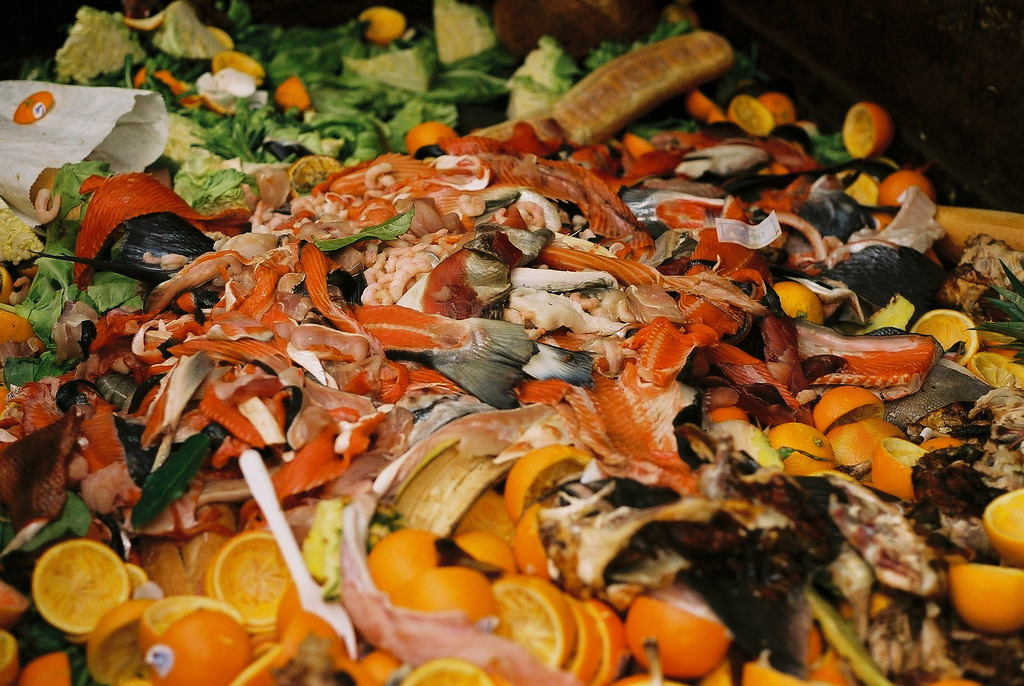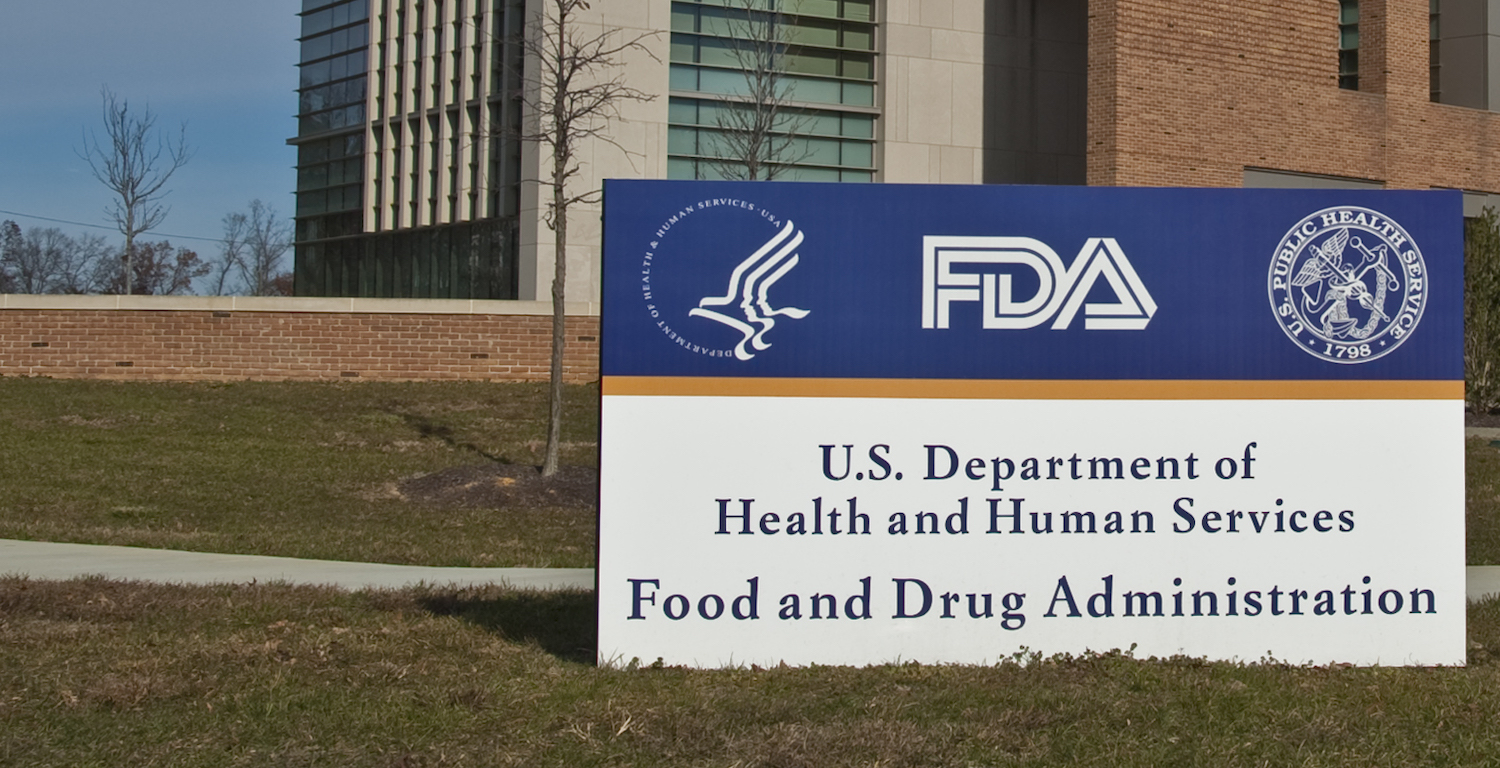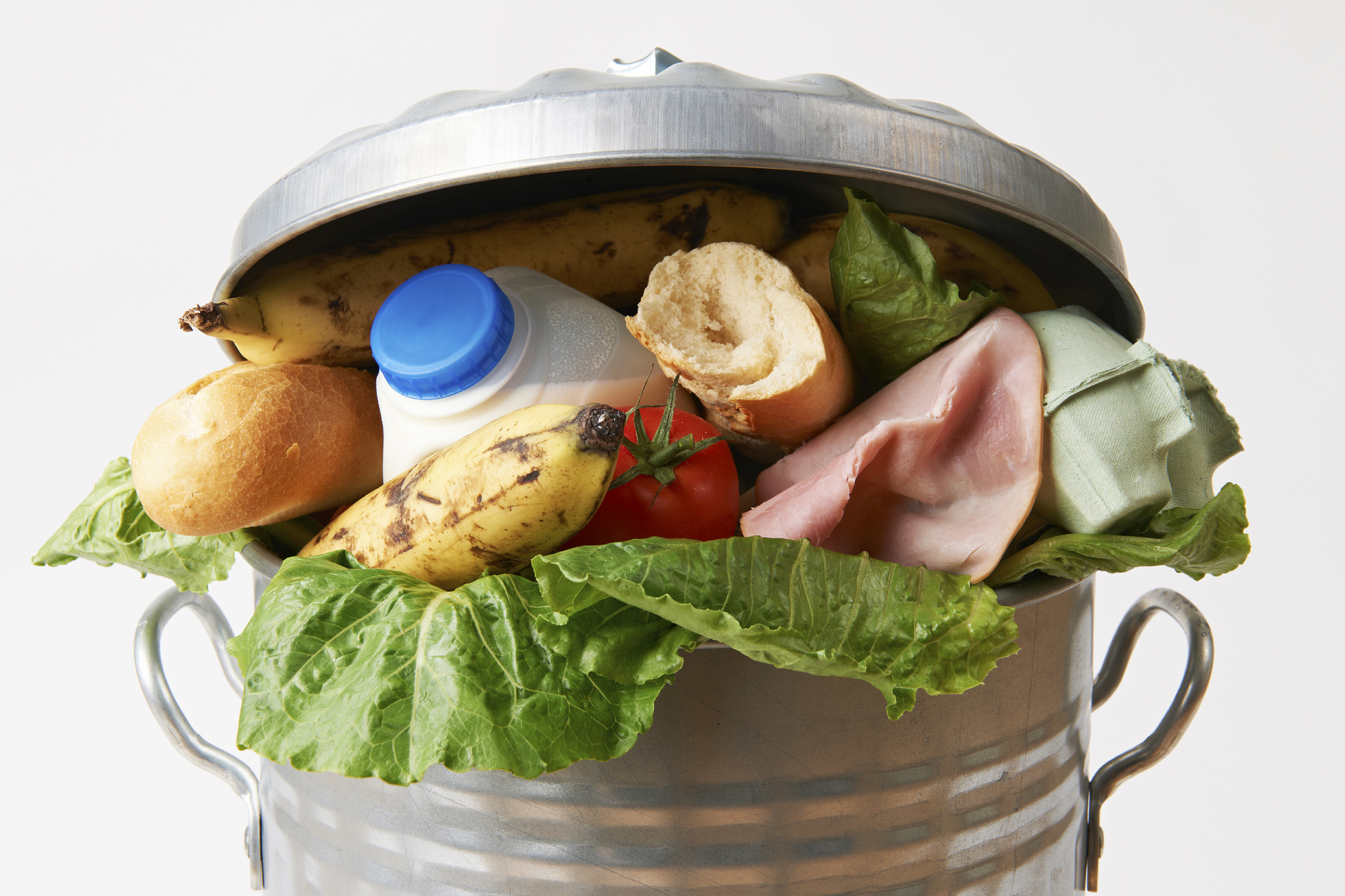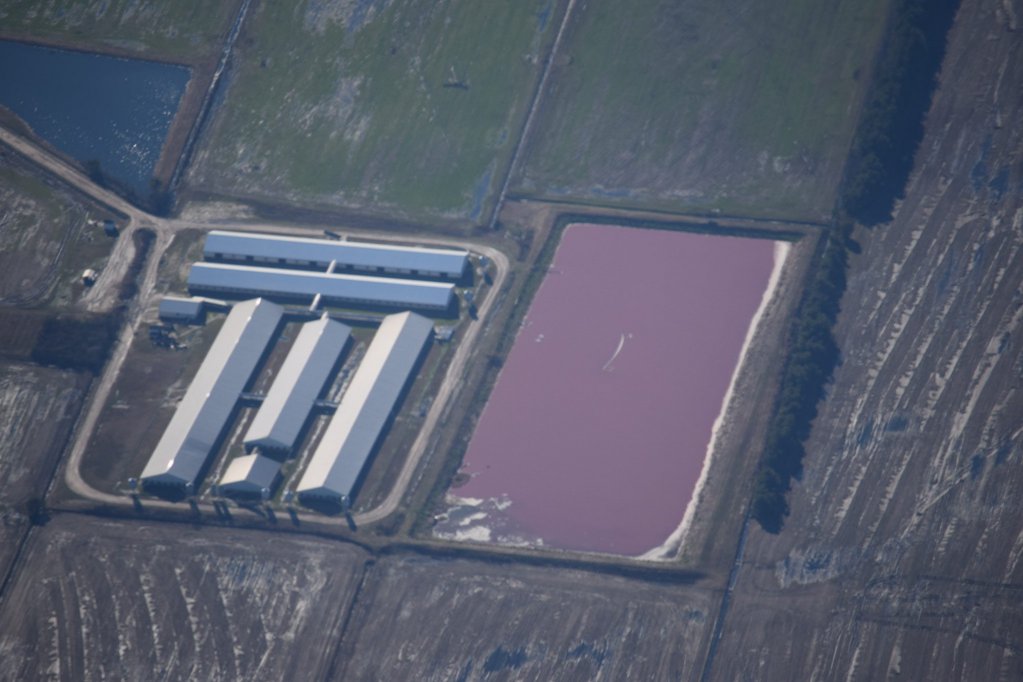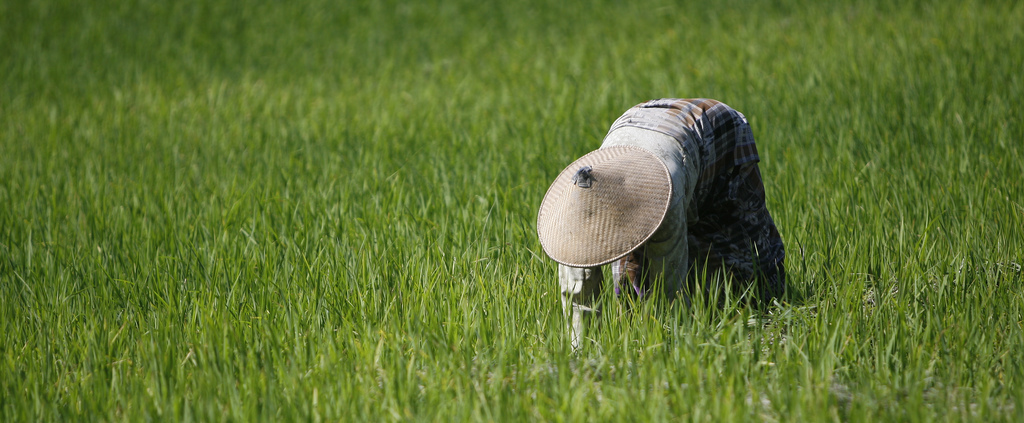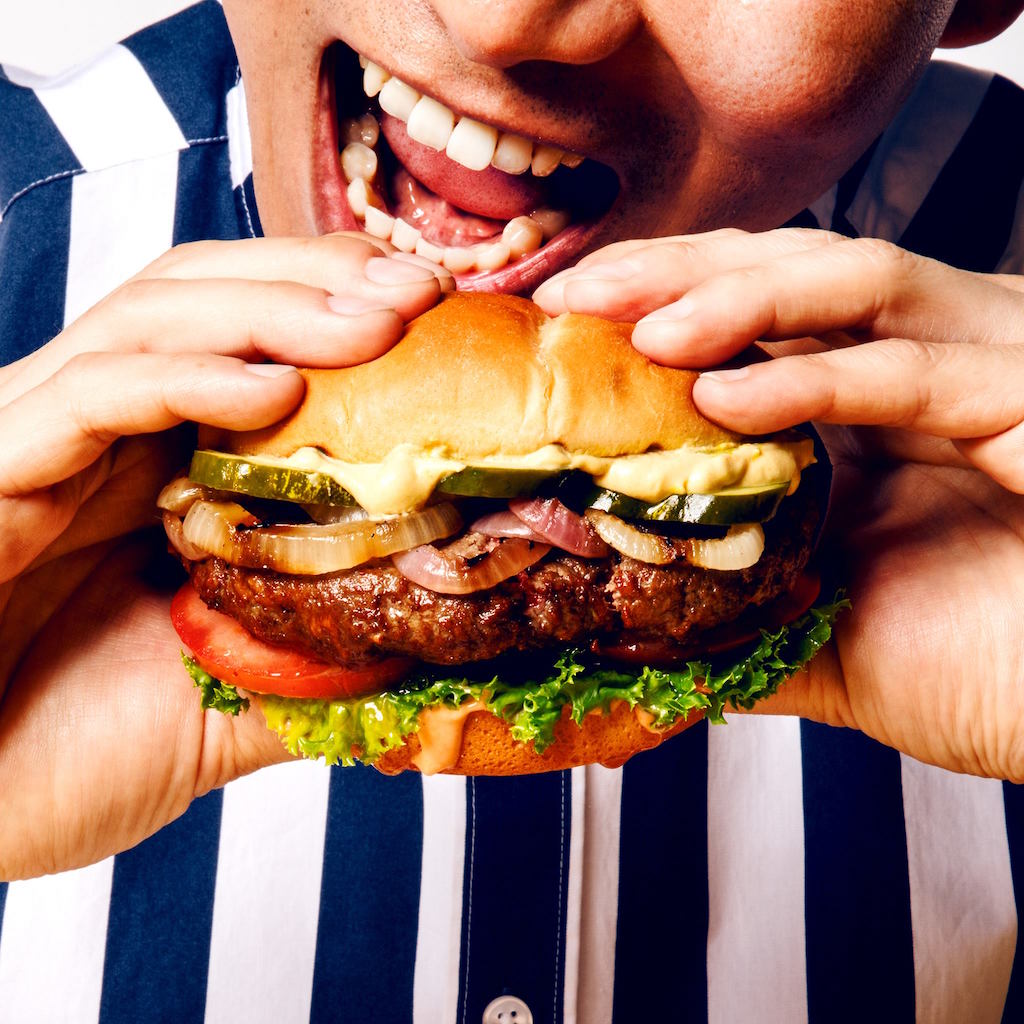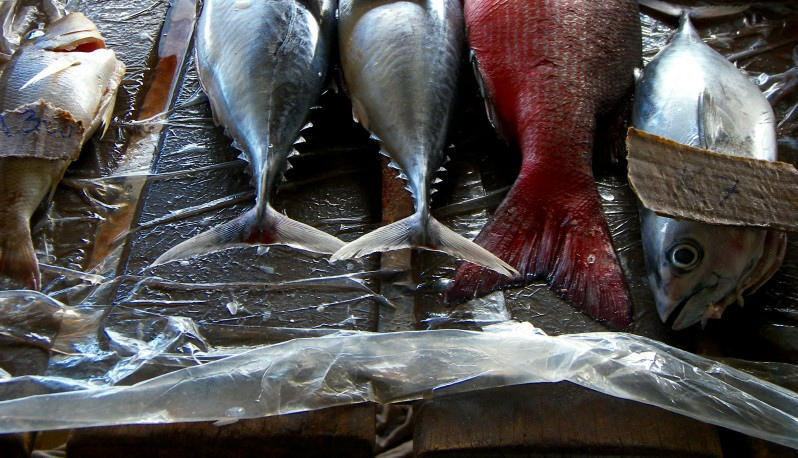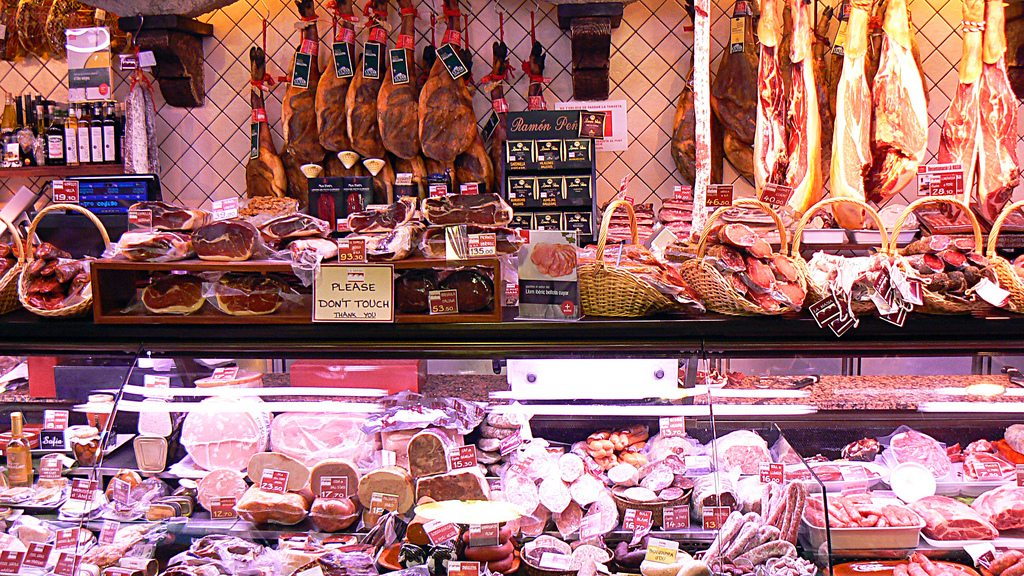Grocery stores could be donating way more of the food they don’t sell. What’s stopping them? A patchwork of inconsistent and unclear food safety laws.
A new report conducted by researchers at the Harvard Food Law and Policy Clinic has found that very few states give businesses any instruction on how to donate food safely. Confusion reigns supreme over everything from how to transport donations, to whether food needs to be kept cold, to interpreting best-by dates. Bottom line: Businesses get very little official or consistent guidance and ultimately, are discouraged from donating at all.
Emily Broad Leib, director of the clinic and the study’s lead author, wanted to find out exactly where companies were getting hung up.
“We kept hearing from businesses that they weren’t allowed to donate certain things, or being told that they had to follow really strict rules. Sometimes there’d be a business that said different parts of the country or even different cities in the same state have different rules.”
Broad Leib’s team interviewed food regulators in every state. They found that only 12 states have formal regulations for food donations, six of which pertain only to wild game meat.
Meanwhile, in California, there are no legal regulations regarding food donations. However, businesses can find general guidance from the Safe Surplus Food Donation Toolkit, a set of recommendations by three California-based public and environmental health groups.
Most other states offer nothing in the form of regulation or guidance at all.
But don’t write an angry letter to your governor just yet. The researchers also found that regulators want to make food laws more robust. They just don’t know how.
“Often, health inspectors themselves are afraid to allow certain practices without having anyone telling them that that’s a safe practice,” said Broad Leib.
As it turns out, businesses aren’t alone. The confusion may actually start a little further upstream.
And therein lies the issue: The Food Code says nothing about food donations.
The dimensions of America’s food waste problem have been repeated ad nauseam: We waste up to 40 percent of our food (though, that number is disputed). And that’s particularly troubling given that 13.4 percent of our population is food insecure, according to the non-profit food bank network Feeding America. That includes more than 13 million children living in families who regularly don’t get enough to eat.
Could adding clear guidance to the Food Code on how companies can donate food safely really do much to change that? Broad Leib thinks so.
“When things are added to the Food Code, they make their way into state and local law,” she says. “We spoke to at least one head of food safety in every state. Across the board, they said that having some guidance would be helpful for them in order to provide better guidance and regulations for business.”
But, Broad Leib says, we also have to make sure states understand what role they’re playing in the food waste dilemma.
“Even if this were added, there’s still more work to do on educating states on why they should adopt that.”
